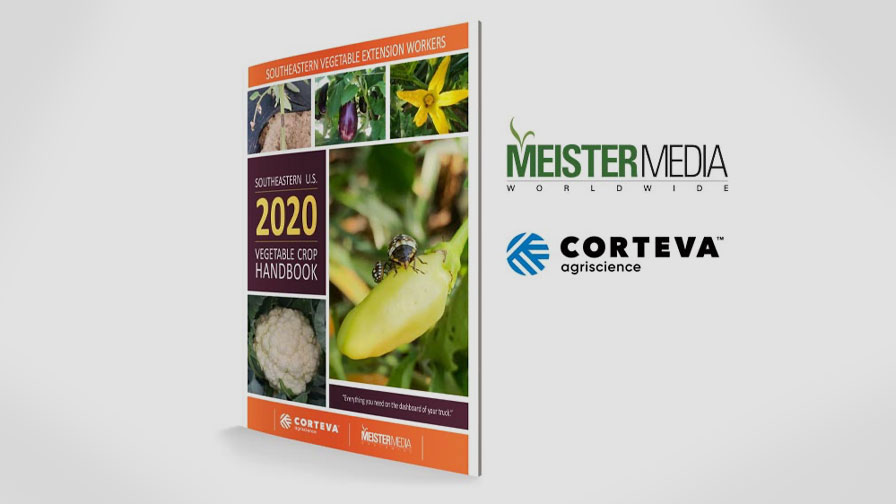Timing Is Everything In Springtime Orchard Decisions

Every year in the spring I greatly enjoy observing a couple things, and each inevitably provides a surprise ending. One has nothing to do with my job: following the NCAA men’s basketball tournament. My favorites seldom make it past the Sweet 16 and this year in particular the entire West looks weaker than usual. Hopefully I will be pleasantly surprised and Syracuse (one of my favorites) will make the New York apple industry as happy as did their football Giants.
The other spring activity full of unpredictability is tree fruit phenology. This year, a mild winter and early spring are forcing early orchard management decisions. It is never easy even when things are moving at a slower place, like last year, but these decisions set the stage for the rest of the season, making or breaking the profitability of an orchard block.
Pruning should be finished, given the extraordinarily mild winter across the country, but sometimes grower phenology in terms of management decisions does not keep pace with nature, so some blocks in Washington State are still shaggy. To be fair, in many cases this may be due to the fact that we have less labor to spread across the acres, so growers are keeping smaller crews active across a longer pruning season.
The relatively mild temperatures and lower number of chilling hours in the West may make bloom more erratic in California but heavier in the Pacific Northwest. In either case, pollination and crop load management programs need to be set and implemented quickly. Pest management programs should have already been established and initiated. Wind machines and frost protection strategies should be ready to start at the push of a button.
I have repeatedly made the point in this column that many of these springtime decisions are too often made under duress. To some extent this is unavoidable, but prior planning of crop and pest programs will make the decisions easier to deploy.
I have also made the point repeatedly that timely implementation of these programs is possibly the single biggest factor in whether they work or not. Higher-density orchards require high-intensity management. The materials we have available for controlling pests and encouraging an optimum crop load are more expensive, more targeted, and can be more effective — if delivered appropriately.
We have long known that timing is important for pesticides. I would like to say timing is everything, but obviously coverage is important, too.
It is well established that the sooner in its phenology an apple tree is thinned, the more effective the impact on subsequent labor costs, fruit size and quality, and annual bearing. This goes for pruning, bloom thinning (in regions where it is appropriate) and post-bloom thinning. Yet, spring after spring, growers delay decisions and negatively impact their bottom line.
Good Models To Follow
Years of field trials in Washington have shown effectiveness of bloom thinners can be reduced dramatically by a delay of just a few hours when elevated temperatures and solar radiation are driving phenology. The same is true of post-bloom thinners. Sure, we do not know enough to predict the optimum moment for a lime sulfur application, but we know enough that most growers are often hours to days late in doing so.
In addition, we know growers can enhance post-bloom thinning decisions by using the excellent predictive model developed by Alan Lakso at Cornell University-Geneva. This model, validated by Lakso and numerous colleagues in commercial orchards, allows a grower to determine if and when a post-bloom application should be applied.
Recent work on fire bight, led by Ken Johnson from Oregon State University and Tim Smith with Washington State University Extension, have improved the predictive model and identified new, effective materials. We have more tools than ever to manage this disease: new antibiotics, bacterial antagonists, and plant disease resistance activators. Unfortunately, none of them are quite as easy as serial shots of antibiotics, so a thoughtful program following the model and using the right blend of materials and correct timing make the difference.
Entomologists throughout the U.S. have clearly established that the exciting new array of lower-risk insecticides for key insect pests demands proper timing, but these timings are not followed by many growers.
Additionally, improper timing can not only decrease effectiveness on the target pest, but may exacerbate negative effects on natural enemies.
Finally, some fascinating work led by Vince Jones at Washington State University is revealing that even what we thought were rock solid pest management decisions based on degree-day predictive models and local weather stations may be off by a day or two due to differences in accumulation of heat units on the periphery of an orchard block versus the interior. What we thought was proper timing may not be, and control may fall short.
So, across the board, timing, if not everything, is critical to effective crop and pest management. As the 2012 tree fruit phenology tournament continues, I hope well-planned programs are deployed at the right time.
I also hope Syracuse wins it all. Wouldn’t it be something if both came true?










